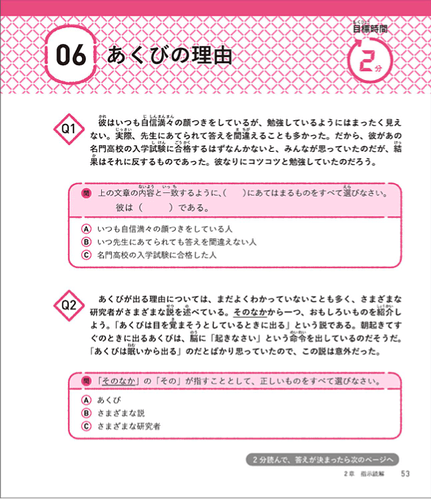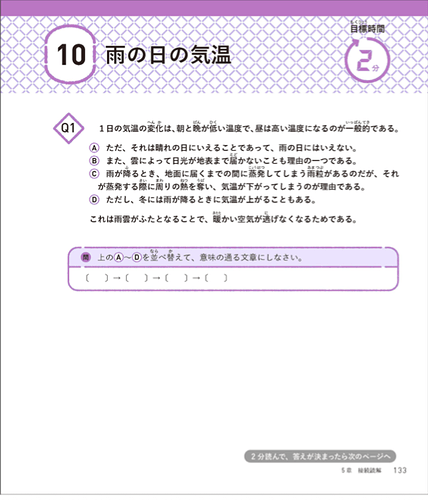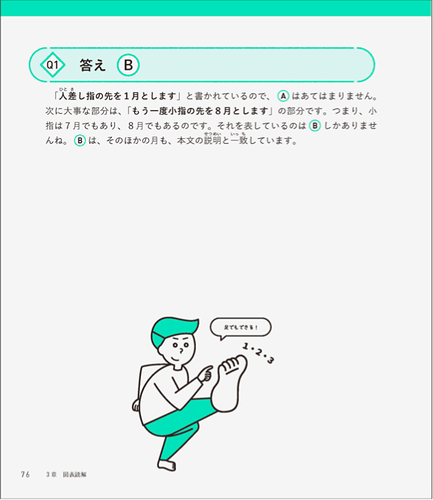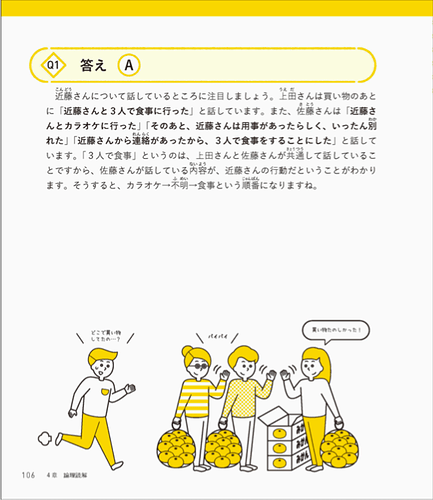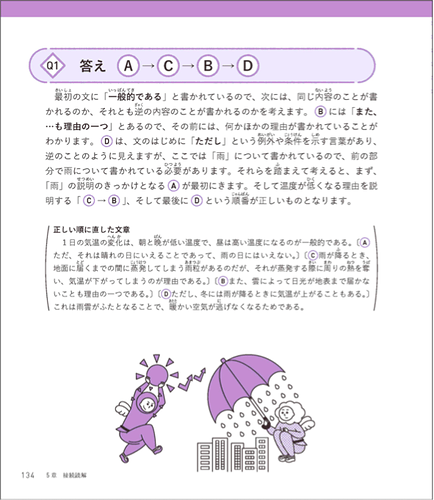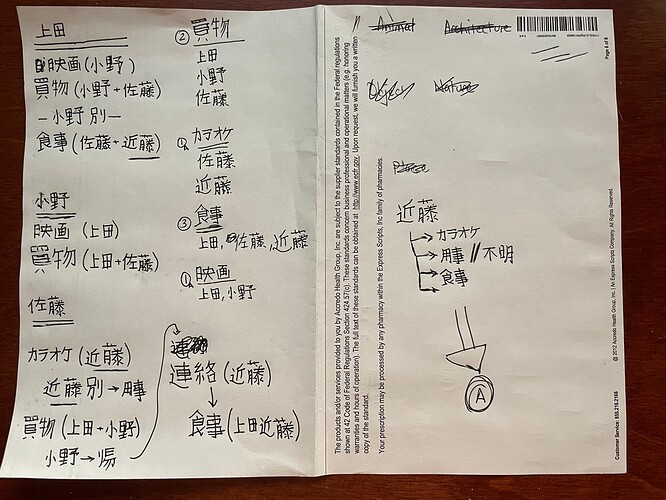Week Twelve!! If you don’t know what’s happening, main post here.
Links to the previous weeks can be found in the main post also.
- Tldr: Quick daily practice of using real Japanese to understand and acquire information. The focus being on understanding what is being conveyed sufficiently to interact with or respond to it.
This week we will be doing something different. Instead of the going out into the wild in Japan, we will step into the wild of native Japanese material. One of the motivations for doing this activity was the assertion that studying Japanese should not be an endless task and there should be a clear meaningful way to verify ability especially for learners who are outside Japan. Signs and leaflets felt like a good benchmark as they are something that the general population is expected to recognize and understand. This week’s material extends that principle to longer passages.
We will be previewing this reading compression drill book for natives. The sample pages can be found in the link so you can look ahead if you want but I think doing one page/day blind may give you a better sense of whether or not you will want to purchase the full book.
2 minutes per page is the time limit suggested for natives which can be a useful measuring stick. Pick your own suitable time limit or just time yourself to measure progress.
Day 1:
Answer the multiple choice question
Day 2:
Day 3:
Day 4:
Day 5:
That’s all for now. Special thanks to everybody who has been following along and everybody who has contributed pictures. You made this activity possible.
If anybody is looking for something to test their reading comprehension, highly recommend both this book and the standard version of this book.
Check in if you’re participating this week
- Yes
- No
0 voters


